The Enchanting Phenomenon of Blue Tears: Unveiling the Secrets of Matsu's Bioluminescent Spectacle
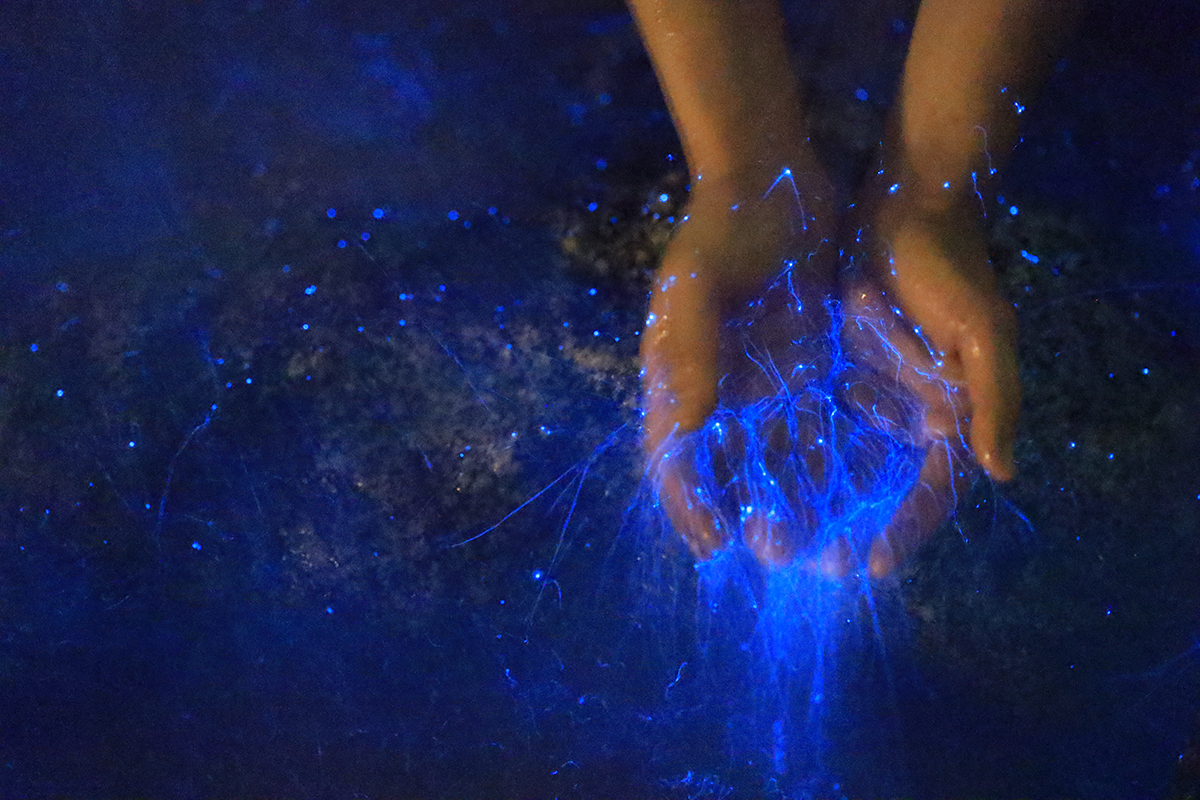
The "Blue Tears" of Matsu, recognized as one of the world's 15 wonders by CNN, are primarily caused by a bioluminescent organism called Noctiluca scintillans. Despite its name, Noctiluca scintillans is actually a single-celled algae belonging to the class Dinoflagellata, which lacks pigmentation and cannot undergo photosynthesis. Noctiluca scintillans exhibits numerous luminescent spots on its surface. When the surrounding environment is disturbed, it emits blue bioluminescence. This is why it frequently appears in bays and harbors that are subjected to the impact of waves.
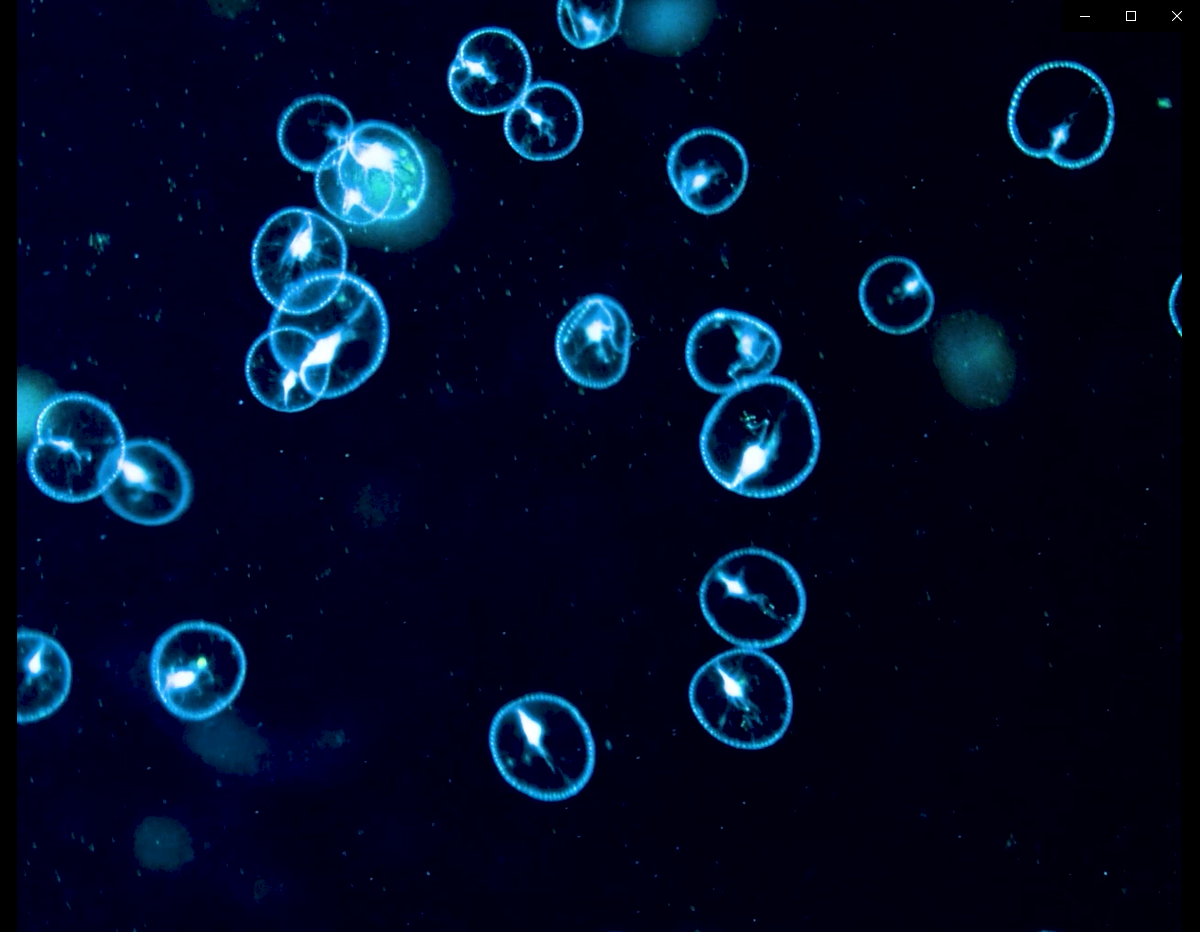 |
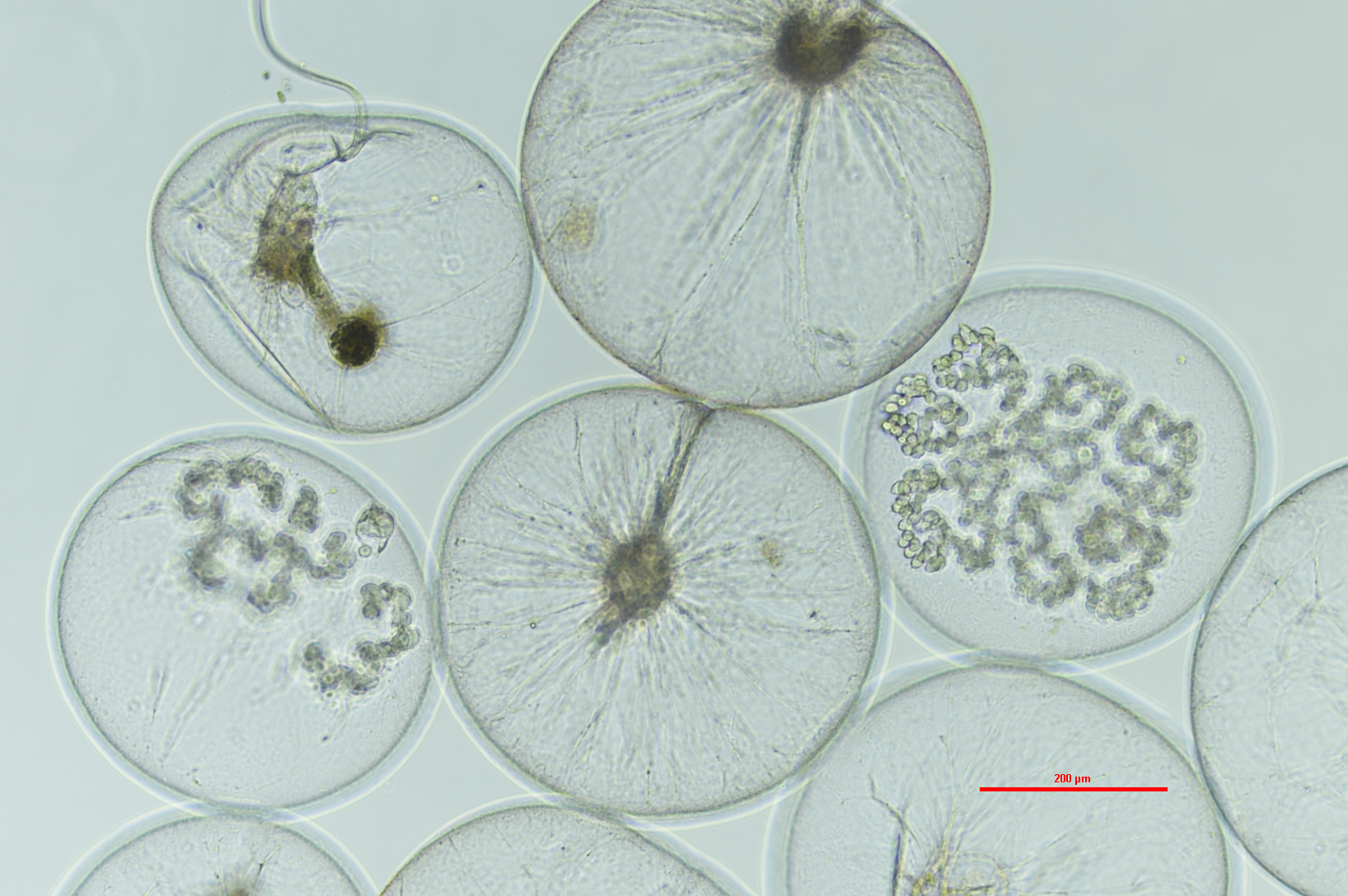 |
The blue tears under the microscrope.
Photo credits: Professor Chiang Kuo-Ping’s Research Team
In Taiwan, Noctiluca scintillans is commonly known as "Blue Tears." Local fishermen in Matsu discovered a preference for Blue Tears by a fish species called the Clove, hence the alternate name "Clove Water." The origin of the name "Blue Tears" does not have a definitive basis or reason, but one year, the term spread through the internet and became widely known. It can be said that "Blue Tears" is a name coined by internet users.
The viewing season for Blue Tears mostly occurs from late March to early July when the water temperature is below 27°C and the abundant nutrient bring to the eutrophic estuary ecosystem by Min Jiang River, especial silicate. Blue Tears can suddenly appear in large quantities, creating the phenomena of red tides caused by Noctiluca scintillans and the mesmerizing Blue Tears spectacle at night. However, such occurrences are not daily events and may disappear after a day or two. The abundance of Blue Tears in Matsu is closely related to the Min Jiang River. From April to the end of June, the Min Jiang River experiences a period of high water levels, during which the river carries a significant amount of nutrient into the surrounding waters of Matsu. These nutrients stimulate the rapid growth of diatoms, which are the main food source for Noctiluca scintillans. As a result, the dormant gametes of Noctiluca scintillans produced through sexual reproduction can instantly germinate in suitable environments with abundant food, triggering the phenomenon known as "algal bloom" (a rapid increase in the population of microalgae over a short period).
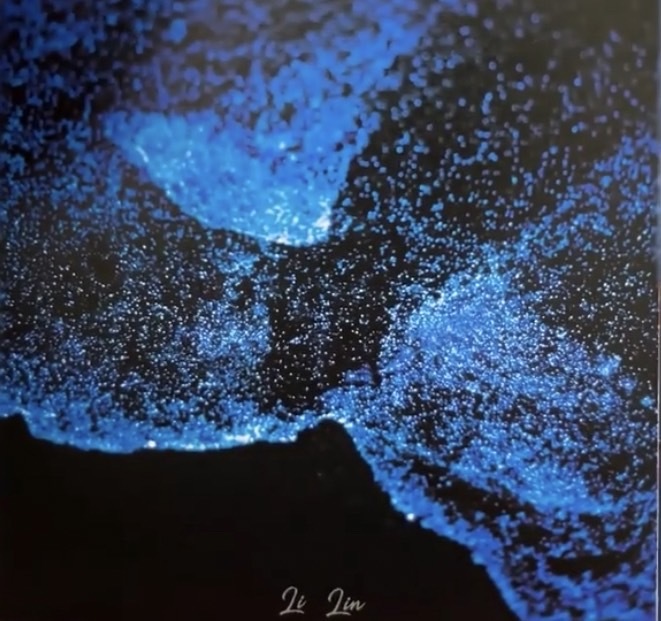 |
 |
Photo credits: Li Yun Hsiu 李昀修 (Instagram)
During a recent outbreak of Blue Tears, Professor Chiang Kuo-Ping from the Institute Of Marine Environment And Ecology at National Taiwan Ocean University and his research team discovered that Noctiluca scintillans undergoes significant sexual reproduction in response to perceived food scarcity. This reproductive strategy produces a large number of gametes, allowing the organism to survive periods of limited food availability in another life form. This process directly or indirectly leads to the end of Noctiluca scintillans red tides and plays a role in the initiation of future outbreaks.
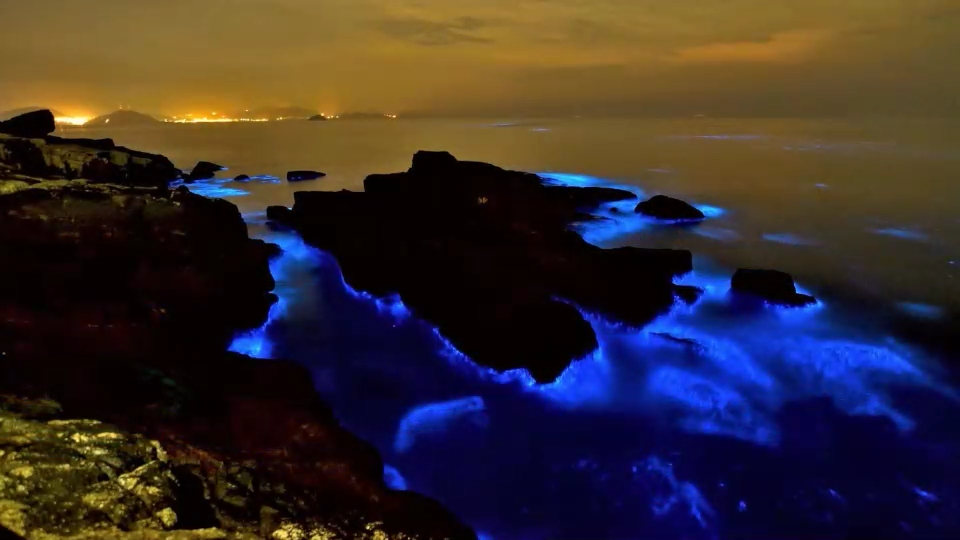
Photo credits: Lienchiang County Government
In 2017, some media outlets cited foreign journals stating that Blue Tears are harmful red tide organisms. However, Professor Chiang Kuo-Ping refuted these claims based on recent research findings, stating that Blue Tears are harmless dinoflagellates that do not produce any toxic substances. Additionally, no instances have been observed where fish experience oxygen depletion leading to death after the algal bloom phenomenon of Blue Tears has ended. Matsu is an ecologically rich and nutrient-abundant estuarine region, so the presence of Blue Tears or the algal bloom phenomenon is considered a normal marine ecological phenomenon.
Reference:
https://www.sea.matsu.edu.tw/bluetears.html
https://mprp.ntou.edu.tw/p/406-1017-87528,r1479.php?Lang=en
Chiang, K. ping & Sheng-Fang Tsai. (2021, March). Lanyanlei de aomi: Yeguang chong [The Secret of Blue Tears: Noctiluca scintillans] Qingliu, Ministry of Justice Investigation Bureau. 74-79. https://www.mjib.gov.tw/FileUploads/eBooks/89ef47c531434b10a8aab2d1cc00eec6/Section_file/a82d42a82fe0486cbffb77ea663f1545.pdf

